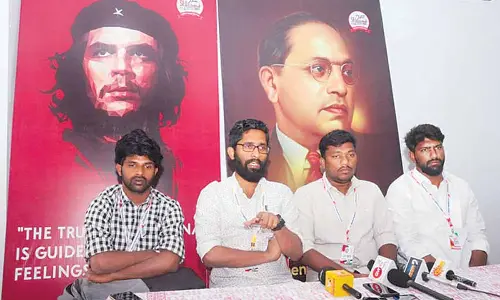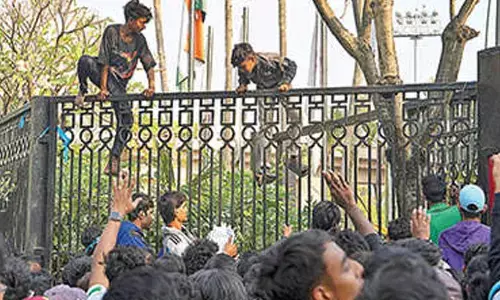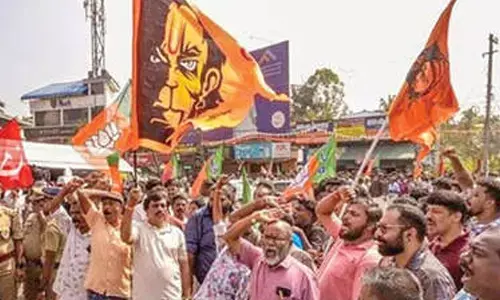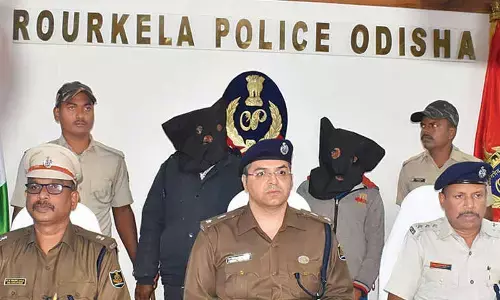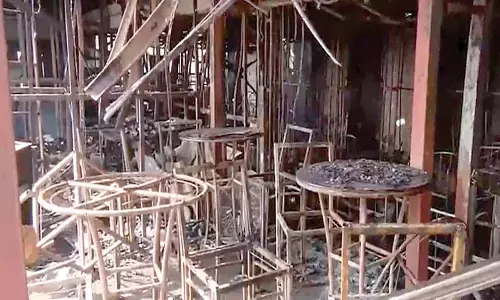Mahatma Gandhi's relevance more significant in today's conflict-ridden world: Jaishankar
Share :
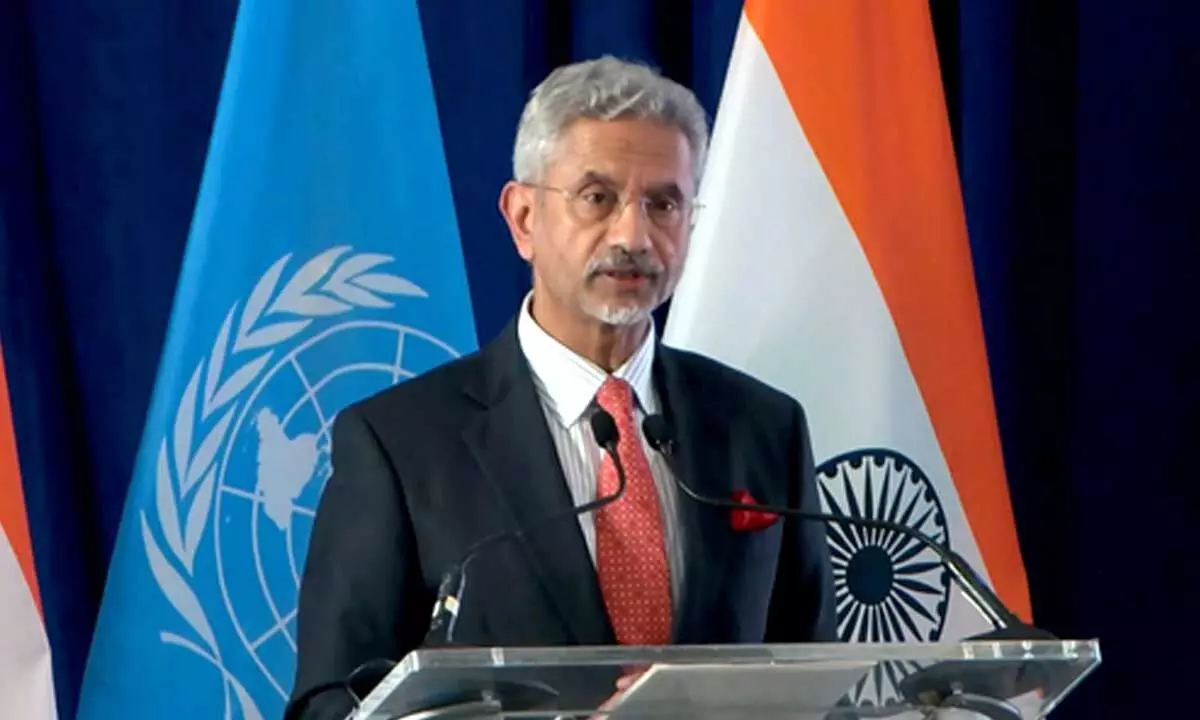
External Affairs Minister S. Jaishankar
External Affairs Minister S. Jaishankar on Tuesday said that Mahatma Gandhi's relevance "is all the more significant in today's conflict-ridden world, as he not only serves as an inspiration, but also as a motivator of diplomacy".
New Delhi: External Affairs Minister S. Jaishankar on Tuesday said that Mahatma Gandhi's relevance "is all the more significant in today's conflict-ridden world, as he not only serves as an inspiration but also as a motivator of diplomacy".
Addressing an audience in Ho Chinh City while unveiling a bust of Father of the Nation (India), Jaishankar said that he was without doubt, one of the most iconic figures of our contemporary world.
"His contributions to truth, non-violence, to freedom and independence of people have been recognised by the UN by proclaiming his birthday as the International Day of Non-Violence," he said.
Jaishankar, who is currently on a four-day official visit to Vietnam, said Gandhi not only unified India but also inspired other nations, continents and peoples in a similar quest.
"The relevance of Mahatma Gandhi is very great in a world that we see today beset by conflict and violence. So, as we strive to harmonise contradictions, to bridge divides, Mahatma Gandhi serves not just a political inspiration, but even as a motivator of diplomacy," he said.
Later in the day, while interacting with the Indian community, the External Affairs Minister said: "The sum total of my visit to Hanoi was about how do we, the two governments, two countries, two societies, broaden out our relationship, look for ways to accelerate our cooperation. There is no question today that in many ways our relationship is a good fit, there is a lot that we can do, but at the end of the day, when we speak about cooperation, it is done by people, and you are the people."
He further added: "When Indians started going out of India, they either went East and came to Southeast Asia or they went to north and mostly through the silk route they went to central Asia, or they went West with the monsoon and went to the Gulf. But the strongest and the most visible presence of Indians is in Southeast Asia."
During a question and answer session with expatriates, Jaishankar in response to a question said: "You asked me what's the future? You know one part of it is tradition, and one part of it is technology. It takes a society like India to be able to fuse tradition and technology and be equally comfortable with both. That's really what will actually give us our standing in the world."








